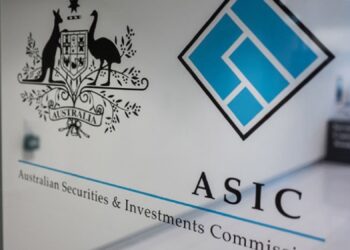<table
Research commissioned by Lifewise has illustrated the impact of underinsurance on both families and government expenditure.
Lifewise, an underinsurance awareness initiative formed by the insurance industry in May last year, commissioned the National Centre for Social and Economic Modelling (NATSEM) at the University of Canberra to conduct the research on the social and economic cost of underinsurance.
The Lifewise/NATSEM Underinsurance Report, which was launched at the Investment and Financial Services Association Life Insurance Conference in Sydney, revealed the underinsurance problem in Australia was expected to cost the Government $1.3 billion in additional social security payments over 10 years. It illustrated how a typical Australian family would lose about half of its income if either parent died or is unable to work due to illness or injury, and this information becomes more pertinent as the research also revealed that one in five families would find themselves in a similar situation.
“Given Australia is one of the most underinsured nations in the developed world, this is an important issue with significant social implications,” Investment and Financial Services Association chief executive John Brogden said.
The research examined various scenarios of a typical Australian family of two parents and two children and how they were impacted by underinsurance. However, it also detailed the recommended levels of income protection insurance, which in most cases would replace between 80 per cent and 100 per cent of the family’s income. It also revealed that with adequate life insurance, the remaining partner could repay existing mortgage debt and invest what remained to generate an income that replaced income between 80 per cent and 100 per cent of the original.
“This research showed that recommended levels of insurance would ensure a family could maintain their hard-earned lifestyle and focus on what’s important during a difficult time,” Brogden said.





